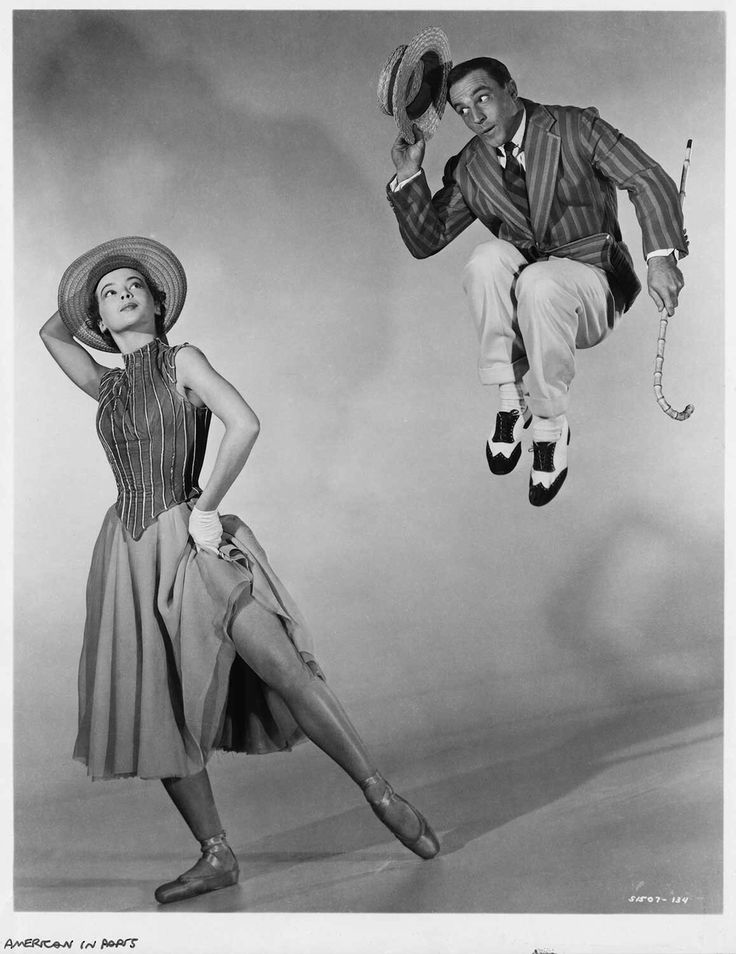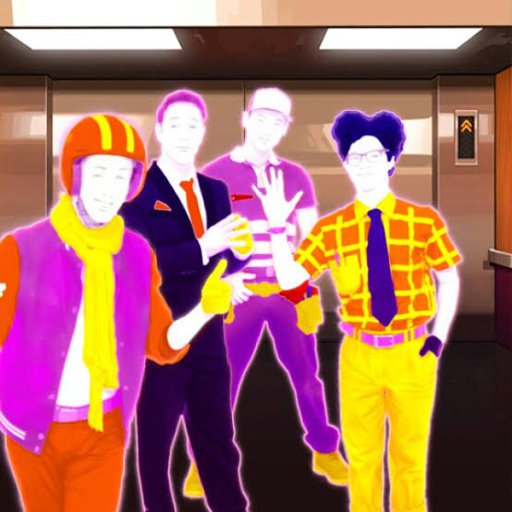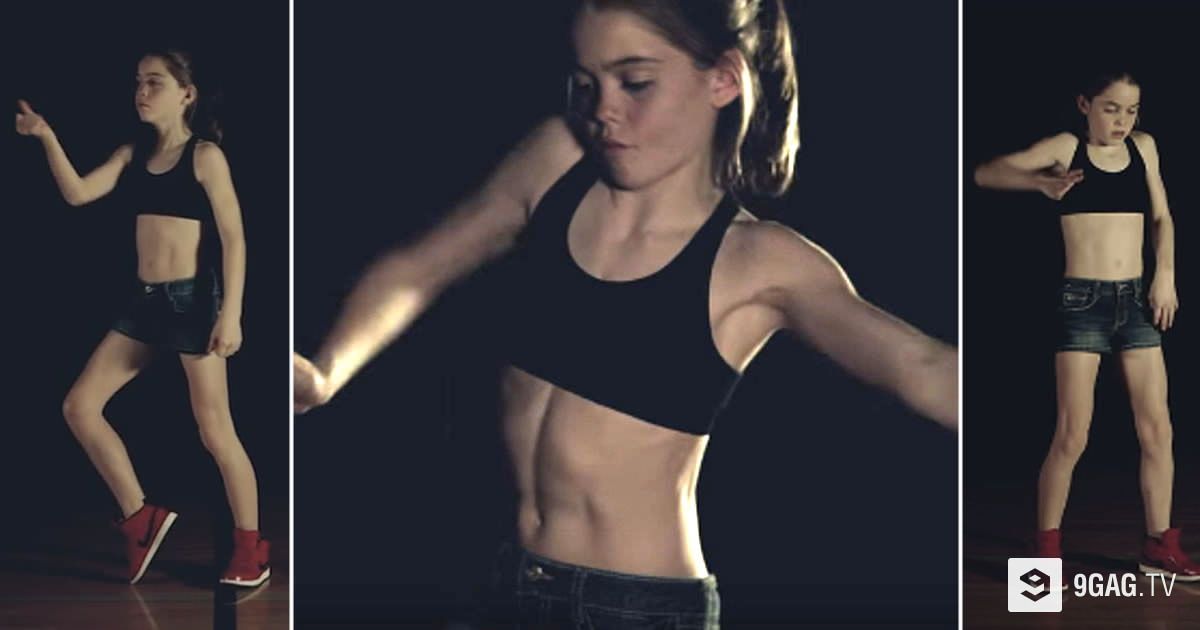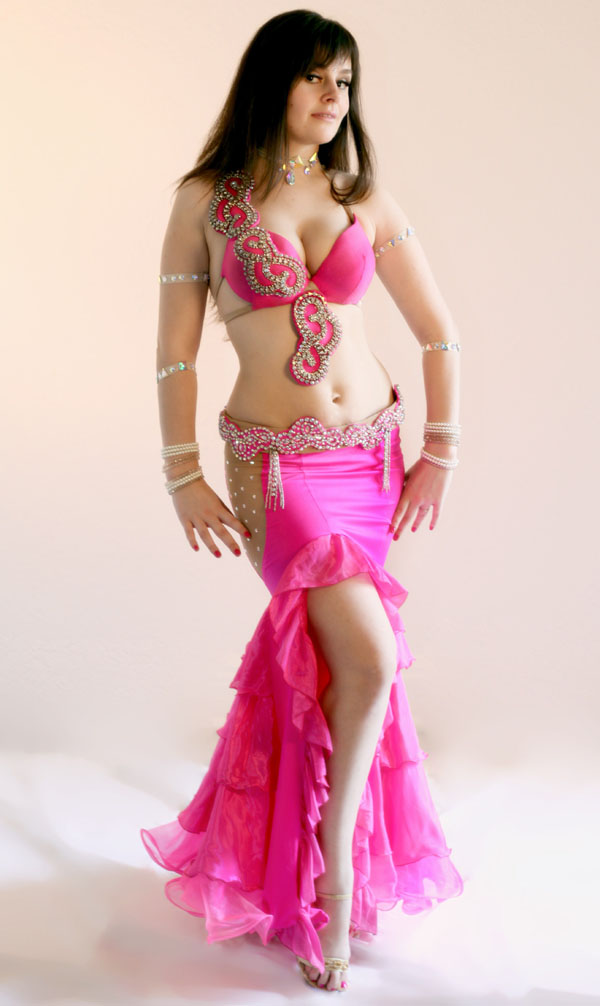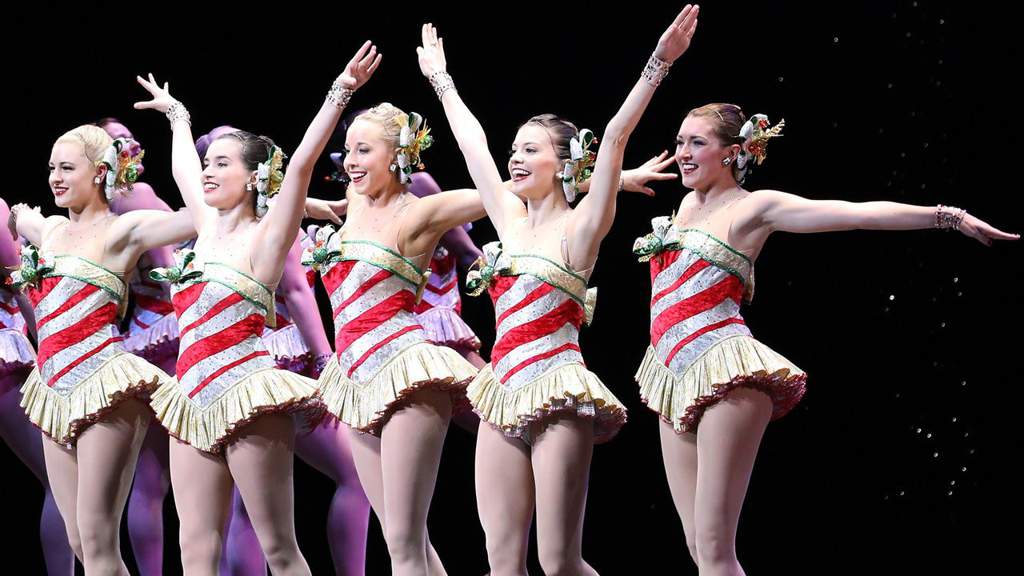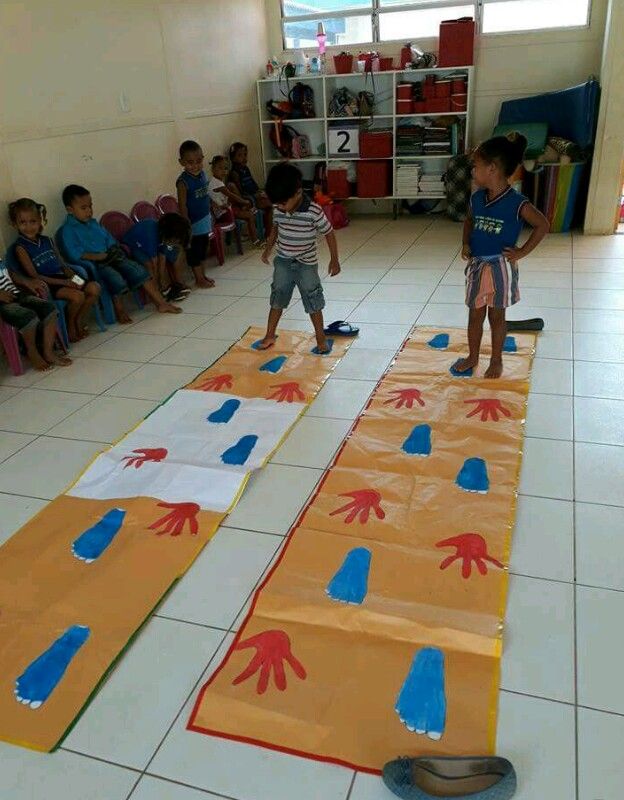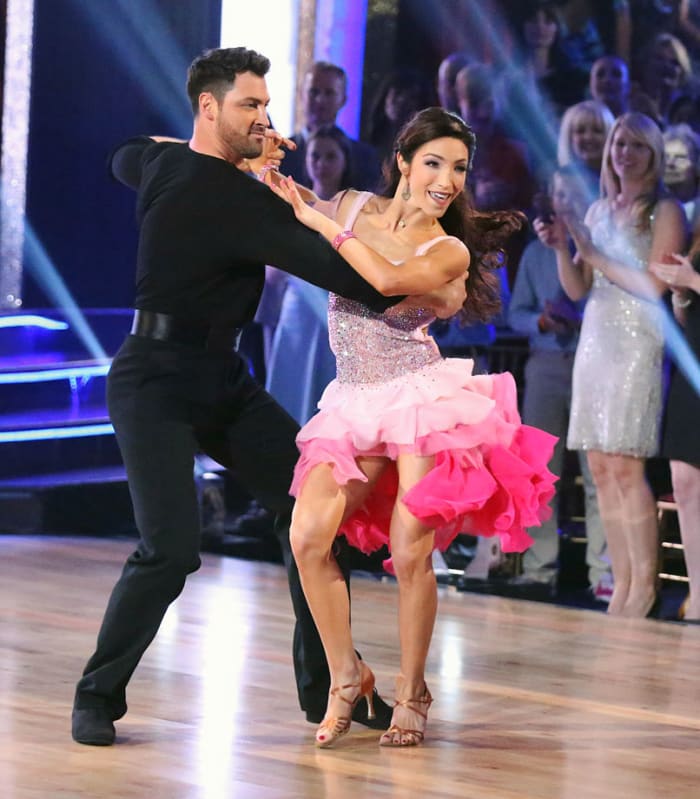How to dance like gene kelly
Dancing like a Man: The Masculine Moves of Gene Kelly
It always irked Gene Kelly that dancing was considered an effeminate activity for men. When his mother first enrolled him and his brother in dance classes when Gene was still a boy, he had to endure taunts from his classmates which he promptly settled with his fists.
Years later, the prodigiously gifted Kelly would quit a successful career heading a dancing school in his native Pittsburgh because among his students, the ratio of males to females was ten to one.
Turning to full-time performing at the age of 25, he was already shaping his own distinctive, highly masculine style of dance, one that would blend a variety of styles, including ballet, and showcase his natural athleticism.
Of course it was inevitable that he’d be compared to his idol, Fred Astaire, but Gene’s approach was very different, which actually served the careers of both men well.
Asked to differentiate himself from Astaire, he said: “I work bigger. Fred's style is more intimate…the sort of wardrobe I wore — blue jeans, sweatshirt, sneakers — Fred would never have been caught dead in. He was always immaculate at rehearsals, while I was always in an old shirt. Fred's steps were small, neat, graceful and intimate where mine were ballet-oriented and athletic.”
Both men shared not just a mutual admiration, but a grueling work ethic and intense pursuit of perfection. This was already evident in the Broadway play that truly launched Kelly’s career: 1940’s “Pal Joey.”
As co-star Van Johnson recalled, “I watched him rehearsing, and it seemed to me that there was no possible room for improvement. Yet he wasn't satisfied. It was midnight and we had been rehearsing since eight in the morning. I was making my way sleepily down the long flight of stairs when I heard staccato steps coming from the stage...I could see just a single lamp burning. Under it, a figure was dancing...Gene.”
In 1942, Kelly was lured to Hollywood by the legendary David O.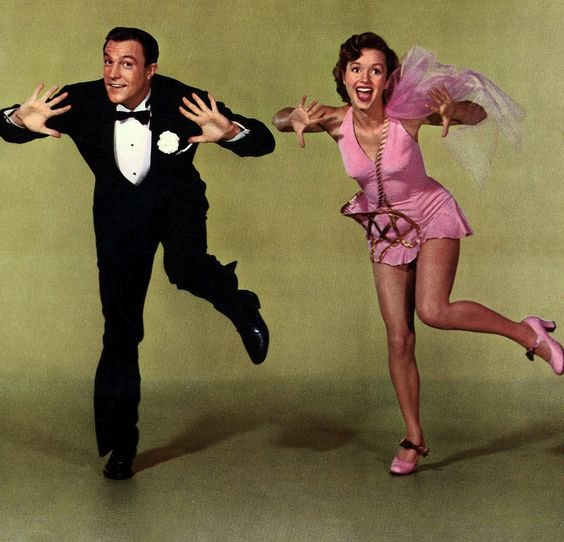 Selznick for a one picture contract. The picture turned out to be 1942’s “For Me and My Gal,” his first outing with Judy Garland, and the contract (bought from Selznick by MGM’s Arthur Freed) was extended.
Selznick for a one picture contract. The picture turned out to be 1942’s “For Me and My Gal,” his first outing with Judy Garland, and the contract (bought from Selznick by MGM’s Arthur Freed) was extended.
By the time he made “On the Town” (1949) his first of three collaborations with Stanley Donen, he’d already earned a Best Actor Oscar nod for 1945’s “Anchors Aweigh,” his first pairing with the then-skinny Frank Sinatra. (This distinction was virtually unheard of for a “hoofer”; Astaire’s only Oscar nomination would come fifteen years later for a straight dramatic role, in 1959’s “On the Beach”).
WHEN YOU WALK DOWN MAINSTREET WITH ME FROM “ON THE TOWN” (1949)Like “Aweigh,” “Town” also involved sailors on leave, but this time out, Kelly had Donen to co-direct, a buoyant script from Betty Comden and Adolph Green, a Leonard Bernstein score, and the ability to shoot on-location in Manhattan (rare for a musical).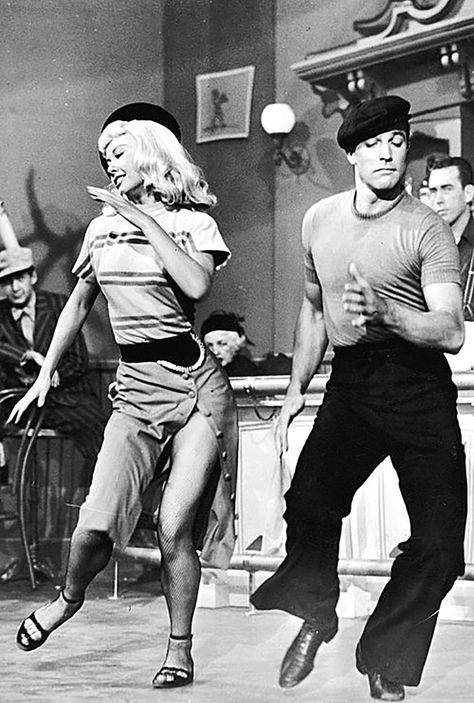 The film, of course, was a huge hit.
The film, of course, was a huge hit.
But Gene had yet to reach his pinnacle. In 1951, MGM decided to produce a musical based on the Gershwin songbook called “An American in Paris.” A first class team was assigned: Vincente Minnelli would direct, and Alan Jay Lerner would write the script.
Cast in the starring role, Kelly lobbied hard for an unknown French dancer and actress named Leslie Caron to co-star. The main female character would be French, after all, and he wanted authenticity. Rounding out the players were Oscar Levant (who’d actually known the Gershwins), Nina Foch and Georges Guetary.
The film was a sensation on release, featuring a breathtaking eighteen-minute ballet sequence that’s justly famous to this day. At the 1952 Oscars, it won six Oscars and became only the third musical in the Academy’s twenty-five-year history to win Best Picture.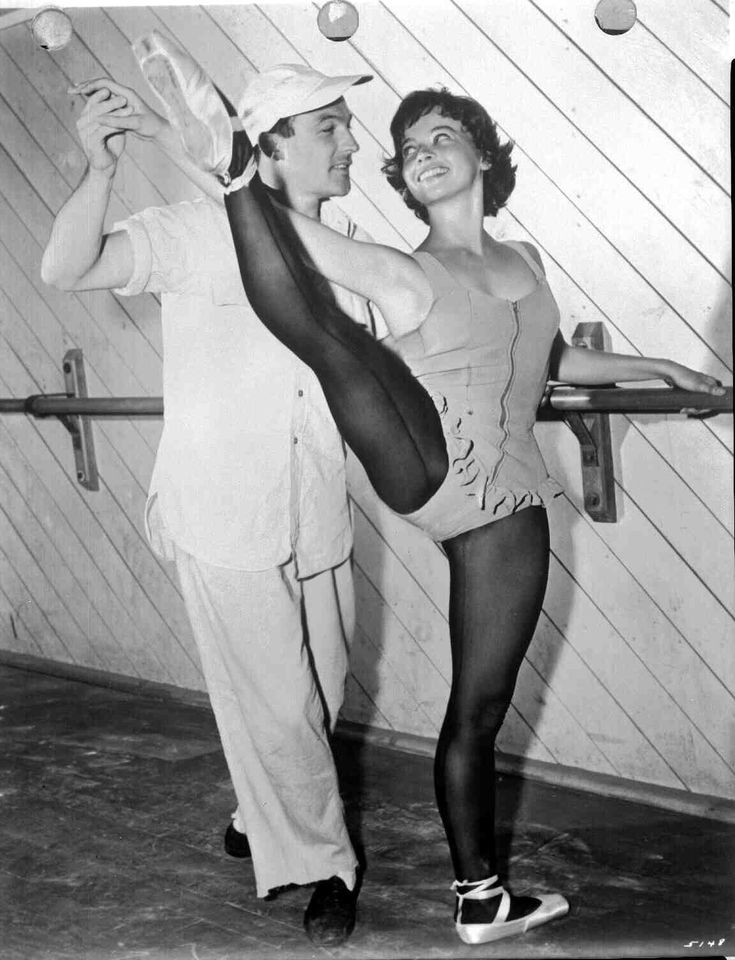 Kelly himself was given an honorary award “in appreciation of his versatility as an actor, singer, director and dancer, and specifically for his brilliant achievements in the art of choreography on film.”
Kelly himself was given an honorary award “in appreciation of his versatility as an actor, singer, director and dancer, and specifically for his brilliant achievements in the art of choreography on film.”
Meanwhile he’d already reunited with Stanley Donen to co-direct “Singin’ in the Rain,” the film he’d be best remembered for. A spoof of Hollywood during its transition from silent to sound pictures, the movie came out just a week after the Oscar ceremony. It did well at the box office but initially failed to generate the stunning critical reception afforded its predecessor, with Bosley Crowther of the New York Times dismissing “this song-and-dance contrivance” as “an impudent, offhand comedy.” Nominated for two Oscars, it did not win a single statuette.
Its reputation has, of course, grown over the years. Many consider it to be the best musical ever, and it is certainly the funniest.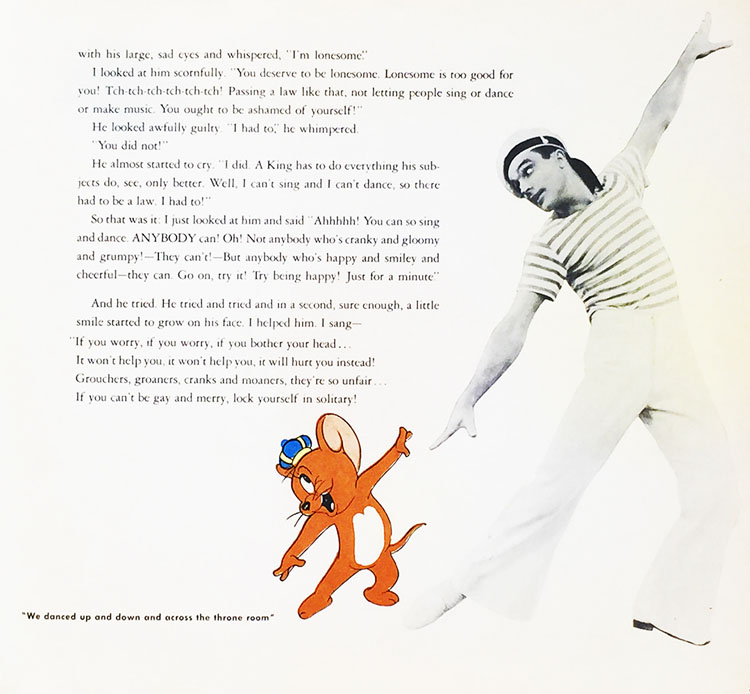 The American Film Institute ranked it as the fifth best movie ever made.
The American Film Institute ranked it as the fifth best movie ever made.
As the fifties progressed, big budget musicals started falling out of favor. Gene would stay busy but never achieve the same level of acclaim again. He grew increasingly frustrated with MGM, particularly when they refused to lend him out to play Sky Masterson in “Guys and Dolls” (1955), or the title role in “Pal Joey” (1957), which he’d originated on Broadway. (Ironically, his old colleague Frank Sinatra would appear in both those films). Gene did a few non-musical roles, most memorably playing a cynical reporter in the courtroom drama, “Inherit the Wind” (1958).
Having co-directed features twice with Donen, he became eager to spend more time behind the camera, helming the sex farce “A Guide for the Married Man” (1967), the film version of “Hello Dolly” (1969), and “That’s Entertainment — Part 2” (1976), in which he also appeared. His last film role was in the musical “Xanadu” (1980) opposite Olivia Newton-John, which he kindly described as a good idea that just didn’t come off.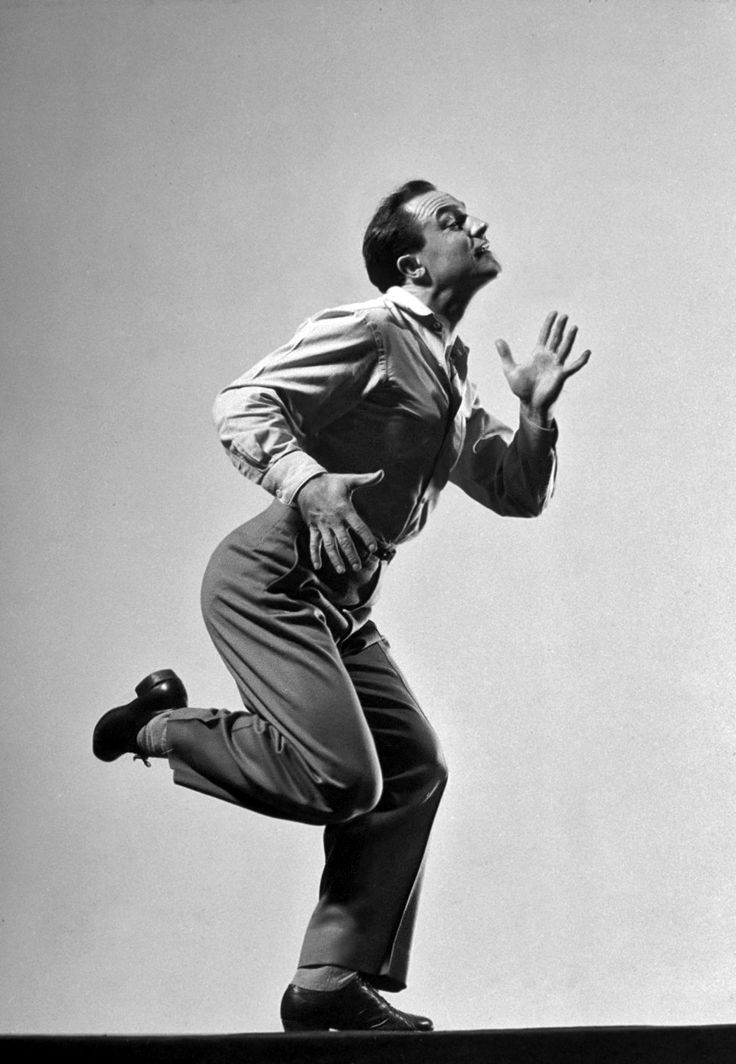
Ill health plagued Gene starting in the late eighties, and on February 2, 1996, he passed away after a series of debilitating strokes. He was 83.
Asked to sum up his career, Kelly replied: “I took it as it came and it happened to be very nice.”
It was very nice for us too.
More: Fred Astaire's 4 Most Jaw-Dropping Dance Sequences
5 Unforgettable Gene Kelly Dance Numbers
Suffering from the rainy day blues? We’ve got you covered!
As told by Cynthia and Sara Brideson in the new biography, He’s Got Rhythm, Gene Kelly was one of the brightest stars in the world of Hollywood dance musicals. From tap dancing on roller-skates, to creating rhythms with a squeaky floorboard, to collaborating with dance legend Fred Astaire, Gene was a creative genius and a master of his craft.
These iconic song and dance numbers are guaranteed to put a “smile on your face” and have you “laughing at the clouds”:
1.
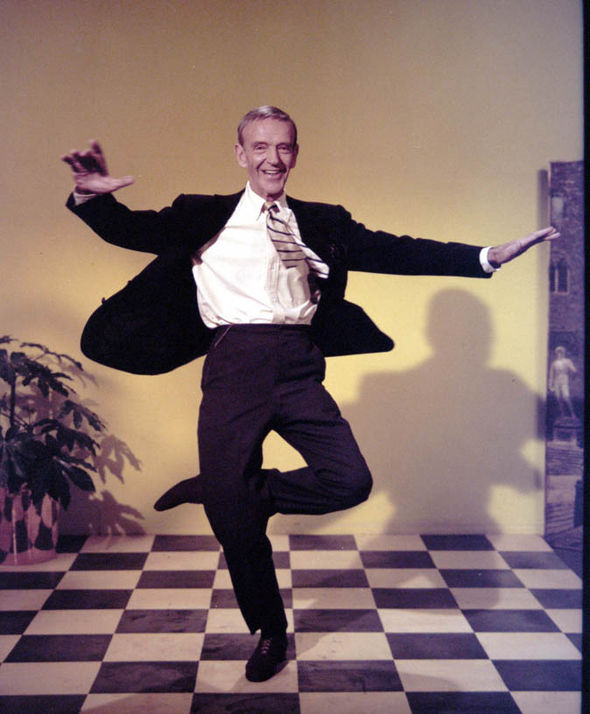 “I Like Myself” from It’s Always Fair Weather (1955)
“I Like Myself” from It’s Always Fair Weather (1955)In this unforgettable number, Gene provides one of his most energetic and entertaining performances, and proves that he can hoof it even when wearing roller-skates!
2. “The Babbitt And The Bromide” from
Ziegfeld Follies (1946)Two legends of American dance go head-to-head in this Gershwin brothers number from Ziegfeld Follies. In a classic sketch of friendly one-upmanship, the technical perfection of Fred Astaire meets the easy grace of Gene Kelly. This was the only time Astaire and Kelly appeared together on film in the prime of their careers.
In a classic sketch of friendly one-upmanship, the technical perfection of Fred Astaire meets the easy grace of Gene Kelly. This was the only time Astaire and Kelly appeared together on film in the prime of their careers.
3. “I Got Rhythm” from
An American in Paris (1951)Gene oozes charm in this clip from the Academy Award winning An American in Paris, as he taps and sings a classic jazz tune while teaching French children a few words of English.
4. “Squeaky Floor Routine” from
Summer Stock (1950)In what Kelly himself would later call his favorite solo routine, he creates a dance inspired by the environment in which it takes place.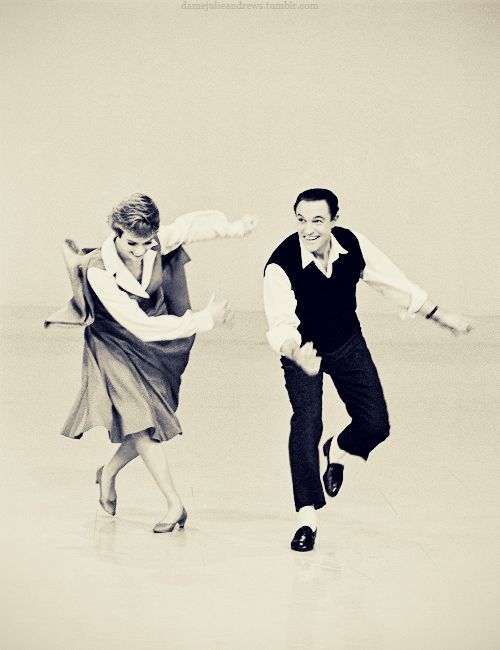 Employing a squeaky floorboard and an old newspaper as the basis for his rhythm, Gene displays his remarkable ability to explore a space through dance.
Employing a squeaky floorboard and an old newspaper as the basis for his rhythm, Gene displays his remarkable ability to explore a space through dance.
5. “Singin’ In The Rain” from
Singin’ in the Rain (1952)“From where I stand the sun is shining all over the place.”
In perhaps the most iconic number in any Hollywood musical, Gene taps and splashes his way through a California downpour and right into film history.
To read the stories behind these and many other iconic Gene Kelly films, check out the newly released He’s Got Rhythm: The Life and Career of Gene Kelly. In the first comprehensive biography written since the legendary star’s death, authors Cynthia Brideson and Sara Brideson disclose new details of Kelly’s complex life.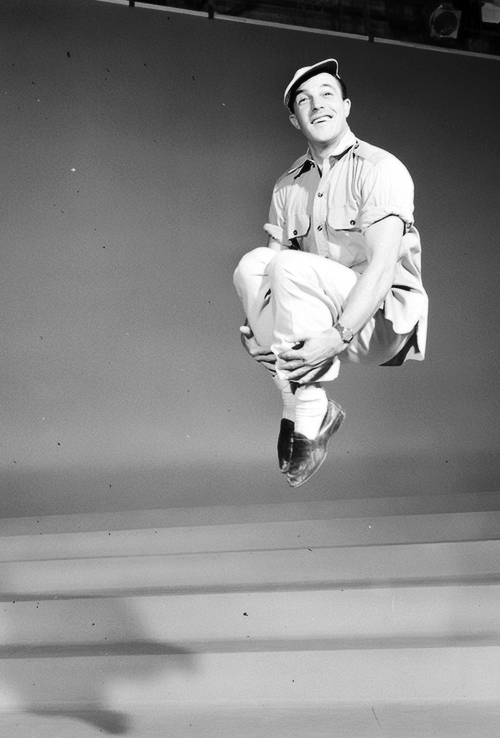 Not only do they examine his contributions to the world of entertainment in depth, but they also consider his political activities—including his opposition to the Hollywood blacklist. Drawing on previously untapped articles and interviews with Kelly’s wives, friends, and colleagues, Brideson and Brideson illuminate new and unexpected aspects of the actor’s life and work. He’s Got Rhythm is a balanced and compelling view of one of the screen’s enduring legends.
Not only do they examine his contributions to the world of entertainment in depth, but they also consider his political activities—including his opposition to the Hollywood blacklist. Drawing on previously untapped articles and interviews with Kelly’s wives, friends, and colleagues, Brideson and Brideson illuminate new and unexpected aspects of the actor’s life and work. He’s Got Rhythm is a balanced and compelling view of one of the screen’s enduring legends.
Rate this:
Like this:
Like Loading...
This entry was posted in Daily Notes, Film and tagged An American In Paris, Classic Film, classic movie stars, Film, Film History, Gene Kelly, He's Got Rhythm, Hollywood, Hollywood History, it's always fair weather, Movies, Music, musicals, singin' in the rain, song and dance, Summer Stock, Top 5, videos, ziegfeld follies on by University Press of Kentucky.Search This Blog
Search for:
Inquiries
Any inquiries regarding the blog, Twitter, or Facebook should be addressed to the UPK marketing team at kypress@uky. edu For more information about The University Press of Kentucky, please visit our website at kentuckypress.com
edu For more information about The University Press of Kentucky, please visit our website at kentuckypress.com
Don't Miss Out on New Releases, Sales, and Events
Enter your email address to follow this blog and receive notifications of new posts by email.
Email Address:
Join 141 other followers
Twitter Updates
- RT @PMBroussard: So excited that "Eleanor Powell: Born to Dance" is already in the top 100 Kindle sales for Bwy & Musicals on Amazon! @Kent… 15 hours ago
- RT @m__worthington: Reading in person at LJAC at Berea College tomorrow night at 6 p.m. If you live nearby, I hope you can come see us! Dee… 1 day ago
- The Kentucky Book Festival is coming! You knew it's free to attend, right? Learn more here: zpr.io/xzKjL4zWjZe7 https://t.co/XVwjR8OcMq 1 day ago
Blogroll
- Bellarmine University
- Berea College
- Centre College
- Eastern Kentucky University
- Georgetown College
- Kentucky State University
- Morehead State University
- Murray State University
- Northern Kentucky University
- The Filson Historical Society
- The Kentucky Historical Society
- The University of Louisville
- Transylvania University
- University of Kentucky
- University Press of Kentucky
- Western Kentucky University
Other Press Blogs
- Columbia University Press
- Duke University Press
- Fordham University Press
- Georgetown University Press
- Indiana University Press
- MIT Press
- NYU Press
- Oxford University Press
- Stanford University Press
- The University of Akron Press
- The University of Chicago Press
- University of California Press
- University of Georgia Press
- University of Illinois Press
- University of Michigan Press
- University of Nebraska Press
- University of North Carolina Press
- University of Pennsylvania Press
- University of Tennessee Press
- University Press of Mississippi
- Yale Press
Great dancers: Gene Kelly
Gene Kelly - great dancer and cinematographic genius (eng. Gene Kelly, Eugene Curran Kelly; August 23, 1912 - February 2, 1996) - American actor, choreographer, director, singer and producer. He is best known for his role in the famous musical Singing in the Rain, although he was a Hollywood star in the 1940s and 1950s, during which time he created dozens of wonderful films that were included in the golden fund of world cinema.
Gene Kelly, Eugene Curran Kelly; August 23, 1912 - February 2, 1996) - American actor, choreographer, director, singer and producer. He is best known for his role in the famous musical Singing in the Rain, although he was a Hollywood star in the 1940s and 1950s, during which time he created dozens of wonderful films that were included in the golden fund of world cinema.
Kelly revolutionized the film musical! No one before him could so vividly convey in the dance the character of the hero, his mood, his feelings. Gene didn't have a strong singing voice, but his soft, warm tenor and wonderful artistry made every song he sang a real masterpiece. Kelly was an athlete, trained in classical ballet, which set him apart from other film dancers - and gave him an edge - even over the great Fred Astaire.
Gene Kelly was born August 23, 1912 in Pittsburgh, Pennsylvania, USA. Jean's mother, wanting to instill in her children a love of art, sent her two sons to a dance school. However, the dancing boys were not attracted. Gene preferred sports - hockey, swimming, football and baseball, dreamed of a career as a hockey player or baseball player.
Gene preferred sports - hockey, swimming, football and baseball, dreamed of a career as a hockey player or baseball player.
He had one feature that had been instilled since childhood - the absence of any pathos, not a shadow of snobbery and a hint of star fever. “All the films that I saw were about very wealthy people. I grew up during the Depression and hated the rich,” his own words.
None of the children were quiet, but Jin was the most restless, active and unlucky in terms of incidents in the family.
He himself appreciated roles in musicals more: “It is much easier to cry and moan than to smile and say – good day!”
He got a crescent-shaped scar after falling from a bicycle, he almost got hit by a truck and became so seriously ill during a flu epidemic that his family could only pray and hope for a miracle….
At first, Jin didn't like dancing, but in high school at the age of 15 he changed his mind and later explained it like this: "I started dancing because I knew it was the only way to meet girls.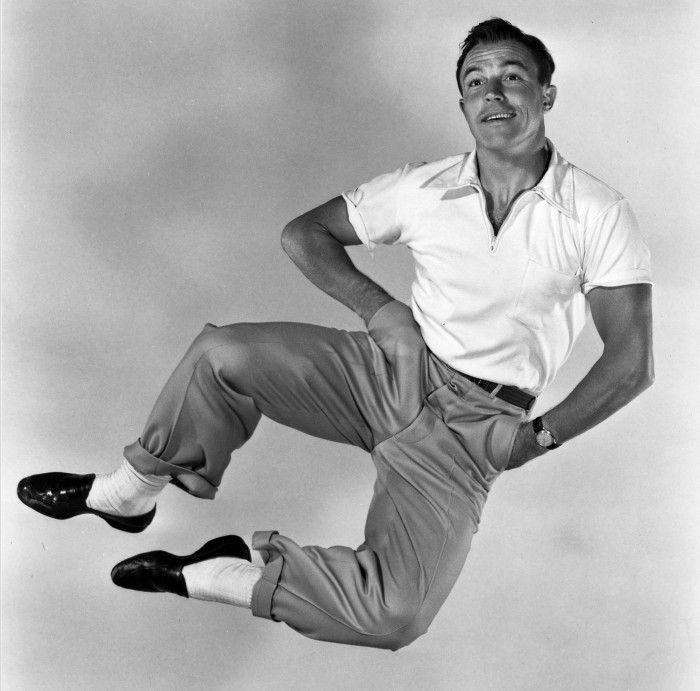 "
"
He decided to leave for New York, as this huge city attracted him with almost unlimited opportunities and prospects, there were much more ways to achieve success than in his native places. While choreographing the musical Diamond Horseshoe, Gene met 16-year-old Betsy Blair, where she owned one of the roles. After a while they started dating.
No matter how good the result was when creating films with the participation of movie stars, the joint work fettered Gene, because no matter how hard all the actors involved in the scene tried, he was incomparably more effective, more incendiary, more attractive and more technical. It was these qualities and features of the dance manner that his biographers, critics and fans later noted. Flying High magazine compared the passion and sensuality of Jin's dancing to "an example of Errol Flynn-esque sexuality."
It was a great idea to have Gene Kelly dance with Jerry the mouse in The Worry Song; By the way, initially the filmmakers were going to "teach dance" Mickey Mouse, but Walt Disney did not agree to the participation of the most popular character of his studio in the film.
An almost fateful meeting between Gene Kelly and Frank Sinatra took place on the set of Raise Anchors. Together they will play in two more films - "Take me out to the ball game" (Take me out to the ball game) and "Firing to the city" (On the town), and will also maintain excellent friendships that began on the set for the rest of life. They managed to create such wonderful images of the sea wolf, the favorite of women Joe and the shy, romantic Clarence, that later they were transferred to other films with the participation of Gene and Frank, only adjusting the details according to the scripts. It is noteworthy that Sinatra did not dance before filming the film "Raise the Anchors", but there was someone to learn from! Under the strict guidance of Gene, Frank Sinatra practiced dance numbers and, as we can now see, he did very well.
This was one of two films where Gene Kelly and Fred Astaire danced together (the other being That's Entertainment, Part II (1976)). Why so few? Because both are great masters of their craft, and even the extravaganza that they created together could not smooth out the spirit of competition and rivalry. Fred Astaire got a big role in The Ziegfeld Follies - he was given three numbers, while Gene Kelly participated in only one, but, with all due respect, this did not give Astaire an advantage at all, and in a joint performance in technology they looked like worthy rivals .
Fred Astaire got a big role in The Ziegfeld Follies - he was given three numbers, while Gene Kelly participated in only one, but, with all due respect, this did not give Astaire an advantage at all, and in a joint performance in technology they looked like worthy rivals .
Director V. Minelli also noted this: “He (Kelly) combined modern rhythmic dance, tap, with the movements of classical ballet in athletic forms. Fred Astaire, on the other hand, seemed as light as air itself. He has his own, completely individual style, and no other dancer can adopt it.
A very important point in characterizing Jin's personality is that he was free from all sorts of prejudices. Whether it was racial or political issues, he never blindly adopted other people's ideas, having his own opinion, often at odds with the public.
Film Singin' in the Rain. Filming lasted sometimes for 19 hours a day. Debbie Reynolds had to get up at four in the morning to be on the set on time, and she even got it while working on dance numbers, Mr.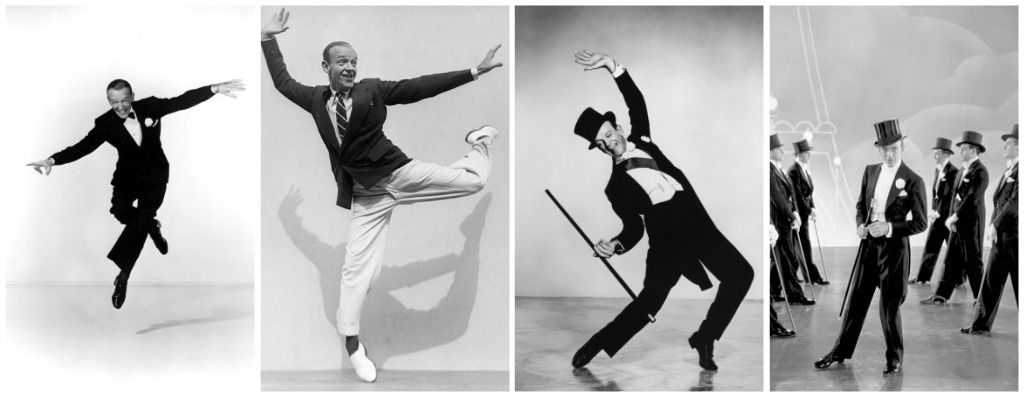 Kelly had a low opinion of her abilities and somehow bluntly stated that she could not dance (subsequently he was surprised that Debbie was talking to him at all). Crying Debbie was comforted by Fred Astaire and, moreover, helped to work out and learn the dances. All this did not stop Debbie Reynolds from later remarking: “Gene Kelly was a great dancer and cinematographic genius. In Singing in the Rain, he made me a star. He taught me to dance and work hard, to be loyal and loving – just like he is to his family and friends.”
Kelly had a low opinion of her abilities and somehow bluntly stated that she could not dance (subsequently he was surprised that Debbie was talking to him at all). Crying Debbie was comforted by Fred Astaire and, moreover, helped to work out and learn the dances. All this did not stop Debbie Reynolds from later remarking: “Gene Kelly was a great dancer and cinematographic genius. In Singing in the Rain, he made me a star. He taught me to dance and work hard, to be loyal and loving – just like he is to his family and friends.”
Gene Kelly's unsurpassed dance in the rain deserves special words. Jumping through puddles, joy and lightness, the desire to live, happiness and warmth that are transmitted to the viewer, were created by Kelly with a 39-degree temperature.
Another bright dance of Gene Kelly - on roller skates. He tap-dances, roller-skates, sings a song full of optimism… all at the same time! Here both technique and the highest skill were manifested, and another inalienable feature - the warmth and sincerity that Jin could create with his mere presence, as if extending a helping hand, giving confidence in success and that life is beautiful.
The coming of 1957 became very difficult for Jin. Filming continued and he was in the most demand, his life's work required time and effort, and he did not know how to work half-heartedly and, as always, gave all the best on the set. Problems arose in another area and the denouement came precisely in the 57th - a sixteen-year marriage with Betsy Blair broke up at the initiative of his wife due to insurmountable differences, although Gene did everything to save the family. Later, she remembered only good things: ... "Gene could cook, he could iron shirts, Jean could sew on buttons, and if necessary, fix the plumbing" ..., "He was full of energy, pleasant, funny, gentle and loving, a real teacher. He loved life... and he loved his job." At 19In 1960, Jean remarried, his chosen one was the actress and dancer Ginny Coyne. She was Jin's assistant for a long time and appeared in some films with him. Jeannie died of blood cancer in 1973.
Gene married for the third time in 1990 to Patricia Ward. It is bitter to note, but the time spent with Patricia has become another period of severe trials for Gene. At first it was a struggle with loneliness, in which a new spouse could help him, and inhuman fatigue, which was felt in his words: “Just one more round date,” uttered at 1992, on the day of the 80th anniversary. And then the fight against the disease, which for the last seven months has chained one of the most active and active people in love with life to bed.
It is bitter to note, but the time spent with Patricia has become another period of severe trials for Gene. At first it was a struggle with loneliness, in which a new spouse could help him, and inhuman fatigue, which was felt in his words: “Just one more round date,” uttered at 1992, on the day of the 80th anniversary. And then the fight against the disease, which for the last seven months has chained one of the most active and active people in love with life to bed.
Gene Kelly passed away on February 2, 1996. There are few, if any, people who are as brilliant, full of energy, exceptional cordiality, who developed their own impeccable style, sincere and open, who felt so subtly, knew how to live, and with all these qualities won the hearts of millions.
Hollywood stars. Gene Kelly, Part 1 - Life - theater - December 7 - 43839851512
emigrant Kelly had a third child, a son named Eugene Curran Kelly. Gene Kelly's family
The father of the family, James, was a modest businessman.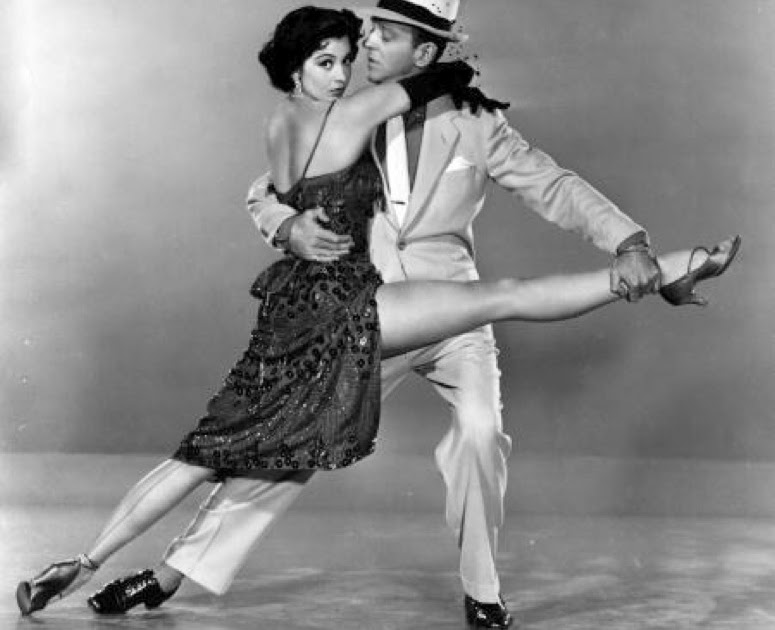 His wife - Harriet, wanting to instill in children a love of art, gave her two sons - 8-year-old Gene and the eldest James to a dance school.
His wife - Harriet, wanting to instill in children a love of art, gave her two sons - 8-year-old Gene and the eldest James to a dance school.
However, boys were not attracted to dancing. For example, Gene preferred sports - hockey, swimming, football and baseball, dreamed of a career as a hockey player or baseball player, playing for the Pittsburgh Pirates, and also wrote poetry. Among other things, the brothers had to deal with ridicule, nicknames and insults from their peers, who found it very amusing to make rude remarks about them. It was very important not to break down, not to hate dancing once and for all and to be able to resist mockery. Physical training also helped here, sports were not in vain - getting involved in a fight, the brothers could fend for themselves. Fighting was the way of life in Pittsburgh in those days,” Fred Kelly would later say.
Another feature laid down from childhood is the absence of any pathos, not a shadow of snobbery and a hint of star disease.
“All the films I saw were about very wealthy people. I grew up during the Depression and hated the rich,” his own words. Jin with his sisters and brothers
None of the children had a quiet disposition, but Jin was the most restless, active and unlucky in terms of incidents in the family. Once asked about the most memorable Christmas, Gene said: “That Christmas I was 6, and my brother was 7. Early Christmas morning, while my parents were sleeping, we went downstairs. We found two blowguns under the tree. We started shooting at the decorations on the tree. When, finally, the parents went downstairs, we had already defeated everything. However, since it was Christmas, the rifles were not taken away from us, but that was the last time we fired at the house.”
He got a crescent-shaped scar after falling from a bicycle, he was almost hit by a truck and became so seriously ill during a flu epidemic that his family could only pray and hope for a miracle.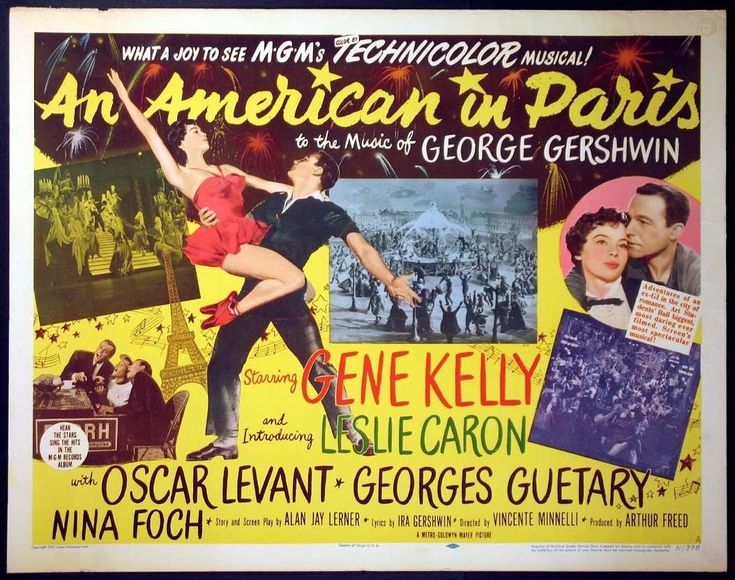 ...
...
By the way, Eugene Kelly was on the streets of Pittsburgh turn into Jin. In fact, Gene Kelly himself never sought such a reduction and he did not invent it. In addition to dancing and sports, the children of the Kelly family also had other activities - despite their age, they all tried to help their parents. The strict upbringing of Harriet, a zealous Catholic, had an effect here, she raised her children without unnecessary sentimentality, accustoming them to work and life's hardships from an early age.
At first, Jin didn't like dancing, but in high school at the age of 15 he changed his mind and later explained it like this: "I started dancing because I knew it was the only way to meet girls."
After graduating from high school in 1929, Gene went to Pennsylvania State College to study journalism, but was forced by the financial crisis to find a job to help his family, which was also in trouble because James Kelly had a serious drinking problem. . Gene and his younger brother Fred worked in local nightclubs. Perhaps from that very moment he developed a dislike for nightclubs, which Jin himself explained as follows: “I don’t give a damn about clubs. They are too dark to read a newspaper and too crowded to dance... Noisy little rooms filled with smoke. I'd rather stay at home."
Perhaps from that very moment he developed a dislike for nightclubs, which Jin himself explained as follows: “I don’t give a damn about clubs. They are too dark to read a newspaper and too crowded to dance... Noisy little rooms filled with smoke. I'd rather stay at home."
At the time, Gene was working as a choreographer and director at the Pittsburgh Theater and directing shows at the University of Pittsburgh. These were difficult years, both for the entire Kelly family and for Gene himself - he was forced to combine his studies at the university (where he received a bachelor's degree in economics in 1933) with the work of a dance teacher in the studios that his family opened in Jonestown and Pittsburgh.
It was a true family business with Harriet as the manager, James as the bookkeeper and Jean, Fred and Louis as teachers. One of the students later recalled that as a teacher, Gene Kelly was always full of energy and enthusiasm, he made time for each student and was patient with even the most incompetent.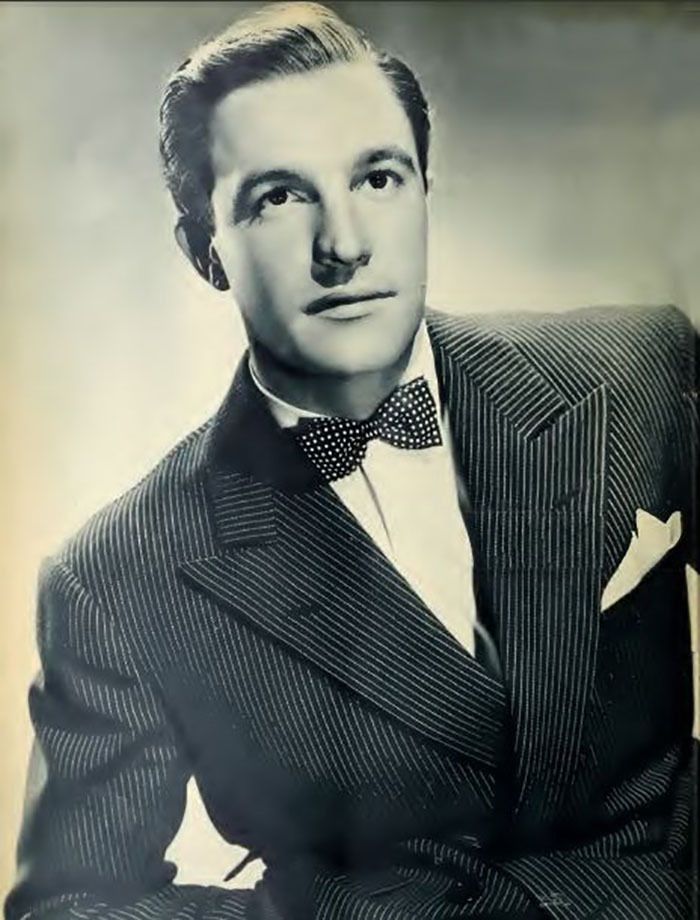 However, it was impossible to be torn between several professions for a long time, and Jean, having abandoned his career as a lawyer, opted for dancing.
However, it was impossible to be torn between several professions for a long time, and Jean, having abandoned his career as a lawyer, opted for dancing.
He decided to move to New York, where there were more ways to achieve success than in his native places. New York did not immediately submit to the young and ambitious guy from Pittsburgh; At first, the search was fruitless. I had to return home, in 1938 to release the musical by Charles Gaynor "Keep your hats", where, in addition to the work of the choreographer, Gene danced himself. The number "La Cumparsita" became the basis and prototype of the brilliant dance in the film "Raise the Anchors". But it will be as much as eight years later, but for now it was necessary to climb up, go a very long way from an unknown person to the brightest star in Hollywood. “No one needed a choreographer from Pittsburgh, I took the job of a dancer just to get ahead,” Gene Kelly would later say.
First work on Broadway - in November 1938 in the musical "Leave it to me", in which they see and remember the debut of Mary Martin, but not Gene Kelly, who sang along with her in the song "My Heart Belongs to Daddy" and also took part in "I'm Taking The Steps To Russia" and "Most Gentlemen Don't Like Love".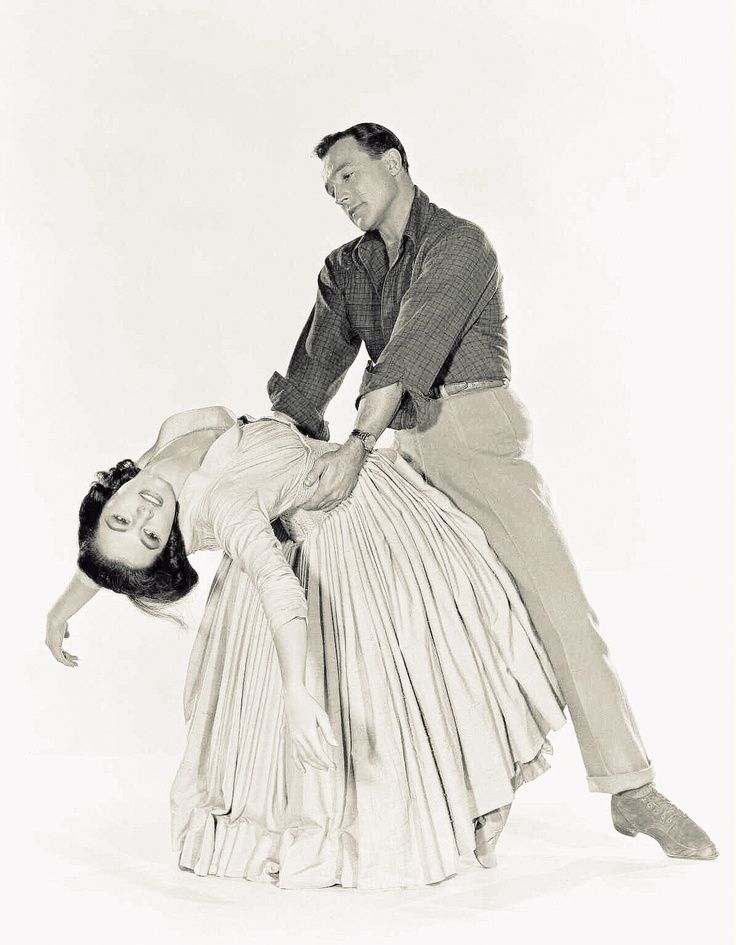 From the memoirs of Mary Martin: “I liked him from the very first day. He was very talented and full of energy. I didn't know anyone who worked so hard to perfect their work. I felt he was going to be something great."
From the memoirs of Mary Martin: “I liked him from the very first day. He was very talented and full of energy. I didn't know anyone who worked so hard to perfect their work. I felt he was going to be something great."
Then Robert Alton, who knew Gene back in Pittsburgh, invited him to play the lead role in the musical All for the Money. Gene himself spoke of those days: “I never had a good pronunciation....but in 1939 my Pittsburgh accent sounded really awful. When the teacher asked me to say "water", I said "wadder" ... just like the character Gene Hagen in Singing in the Rain ... after several months of hard work, I felt that I was ready to play Shakespeare.
After that, Gene worked as a choreographer on the musical Diamond Horseshoe, where one of the roles belonged to 16-year-old Betsy Blair. After a while they started dating. “For him, there were “good” and “bad” girls and I was very good. I never felt unwanted, Jin took care of me. Sometimes I stayed overnight, but there was nothing between us.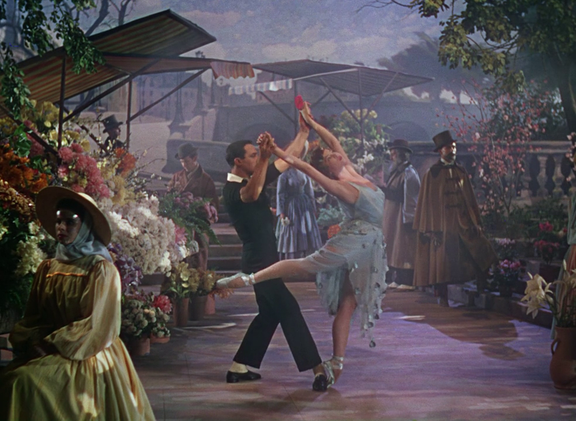 He kissed me tenderly and told me that I was too young for more. I was happy and at peace." “Gene was a wonderful family man and protector, gentle, cheerful, loving and sympathetic,” Betsy will remember these days many years later. Betsy Blair with her husband, actor Gene Kelly
He kissed me tenderly and told me that I was too young for more. I was happy and at peace." “Gene was a wonderful family man and protector, gentle, cheerful, loving and sympathetic,” Betsy will remember these days many years later. Betsy Blair with her husband, actor Gene Kelly
In 1940 Gene gets the lead role in the musical Pal Joey. From the memoirs of Vann Johnson, one of Kelly's partners: “I watched him rehearse and thought that it was impossible to achieve greater perfection. But he was dissatisfied. It was already midnight, and the rehearsal began at 8 am. In the end, half asleep, I fell under the stage. From the price I heard only staccato kicks. Only one dim light was on. Beneath her, a lone figure was dancing on the stage... Jin."
A few years later, a film will be made in Hollywood where Frank Sinatra will play the role of ladies' man Joey Evans. This work brought success and fame to Gene Kelly, critics found a new object for writing articles, noting his charm and ability to fit into the role, and the public saw how the dance and acting style was actually formed before their eyes, how a star is born. Also, Gene was spotted by David O. Selznick and it was an opportunity to get a deal with Hollywood.
Also, Gene was spotted by David O. Selznick and it was an opportunity to get a deal with Hollywood.
This meant moving and changing jobs, as well as major changes in their personal lives - in October 1941, Gene Kelly and Betsy Blair were married in Philadelphia. Before leaving, Mr. Kelly staged another musical, Best Foot Forward. He was brought to the attention of Louis Mayer, who said that he was ready to take Gene without a trial, as soon as he was ready to start. But in the notice that came from the studio, nothing of the kind was stipulated and the conditions were general. When David Selznick offered Gene a job, he first expressed everything he thinks about Mayer: "... your father-in-law is a son of a bitch .." and only then signed the contract.
The roles that the producer chose for the actor were more aimed at revealing dramatic abilities than dancing ones. Early 1942, Los Angeles, Gene Kelly worked under a contract for more than six months, but had not yet participated in any picture. Selznick was looking for drama, and Gene at that time was not interested in films that did not have dancing. In the end, the producer sold half of the contract and "borrowed" the MGM actor for the film "For Me and My Girl", where Gene received the male lead, which was also claimed by George Murphy.
Selznick was looking for drama, and Gene at that time was not interested in films that did not have dancing. In the end, the producer sold half of the contract and "borrowed" the MGM actor for the film "For Me and My Girl", where Gene received the male lead, which was also claimed by George Murphy.
The British Film Institute's verdict is short and sweet: "In his debut film, Kelly is adorable." Indeed, this was one of the key moments in the career of Gene Kelly - a role in a musical film, in which Judy Garland herself was a partner, who began her film career early and had already become famous. For the actress, this work was also important: the first "adult" role and for the first time her name went before the title of the film. It was then that a film duet appeared, which played in more than one picture.
Together they looked great, creating a special atmosphere, a relationship in which they complemented each other. Later, Judy's daughter, Liza Minnelli, would say of Gina: “He was part of my family, part of our heritage. .. an American treasure, a friend, a person. For the rest of my life, whenever it rains, I will think of him and smile.”
.. an American treasure, a friend, a person. For the rest of my life, whenever it rains, I will think of him and smile.”
Gene Kelly and Liza Minnelli sing "For Me and My Girl" Here is a black and white video from 1959 where she is 13 years old and he is 47 years old. Video in color 1978. She is 32 years old, he is 65 years old. Also, 1942 was also important in a personal matter - Betsy and Gene had a daughter, Carrie. It was obvious that Gene would rise higher and higher, such a star could not be missed and the head of MGM Louis Mayer buys out Kelly's contract in full. The studio management wanted to show all aspects of Gene Kelly's talent, try it in completely different images, and, surprisingly, they succeeded in what they intended - not to lock the actor into frames, not to set boundaries and not to subordinate all the possibilities of a creative person to one type of role.
In 1943, Jean starred in two musical films - "Dubarry was a lady" and "A Thousand Greetings". As for the first picture, it was a pretty sweet comedy with such already recognized masters as Red Skelton and Lucille Ball, the storyline of which combines two eras - modernity and the reign of Louis XV. In principle, with such initial data, nothing outstanding would have come of it; but fortunately there was something else - the most spectacular numbers belonged to the rising star - Gene Kelly. His characters full of charm are the most memorable, despite the fact that in comparison with other actors involved in the film, his role was relatively small. In any case, it seems that the bet was mostly placed on the Skelton Ball duet and it is they who are brought to the fore. Gene was assigned a secondary role, but it is impossible to leave such a talent in the shadow; every minute of the scenes with his participation, Gene Kelly used to the maximum, as if adding life and color not only to his hero, but to the entire film.
"A Thousand Cheers" featuring Katherine Grayson, Gene Kelly and José Iturbi (the latter's film debut). In addition, a huge number of studio stars were involved, also playing themselves - Judy Garland, Red Skelton, Eleanor Powell. One critic described Jin's dancing in this film as the freshest and brightest moment of the entire film. And it's hard to disagree with this statement, given that Gene Kelly was flawless in any scene, whether it was a duet or a trio - it doesn't matter; but what he managed to create alone, without adjusting to anyone, can be characterized in one word - perfection. I must say that the joint work fettered Jin, because no matter how hard all the actors involved in the scene tried, he was incomparably more effective, more incendiary, more attractive and more technical. Flying High magazine compared the passion and sensuality of Jin's dancing to "an example of Errol Flynn-esque sexuality."
1943 was marked by an "unexpected" after the musicals role in the film "Cross de Lorraine".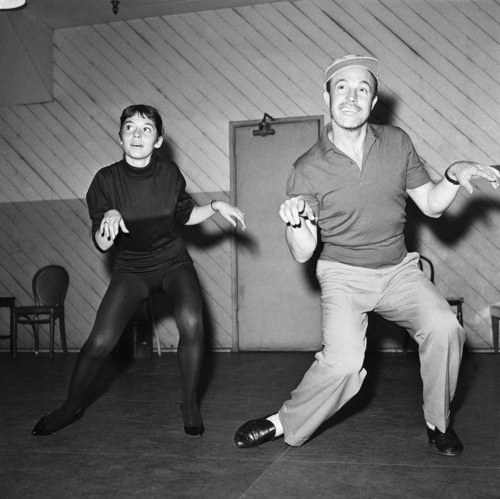 Although, in fact, a surprise here could only be for those who are used to perceiving actors in one single, albeit extremely successful, role. Gene Kelly had surprisingly different roles, the versatility of his personality allowed him to create amazing and, importantly, dissimilar images that at the same time could not belong to anyone else but Gene. "Kelly's dramatic roles had the same integrity and professionalism as in the musicals, which was a surprise and often astonished his critics" - Christopher Walker.
Although, in fact, a surprise here could only be for those who are used to perceiving actors in one single, albeit extremely successful, role. Gene Kelly had surprisingly different roles, the versatility of his personality allowed him to create amazing and, importantly, dissimilar images that at the same time could not belong to anyone else but Gene. "Kelly's dramatic roles had the same integrity and professionalism as in the musicals, which was a surprise and often astonished his critics" - Christopher Walker.
In 1944, MGM "loans" Gene to another studio - Columbia for filming in the film "Cover Girl". Columbia management gave him ample opportunities not only as an actor, but also as a choreographer and director, and he brought to this film many of the things that later made The Girl a very famous and popular picture, such as improving camera movements, introducing new ideas and refining dancing in the street: "Make way for tomorrow" (filmed in one take) and a number in which Gene Kelly dances with his own reflection.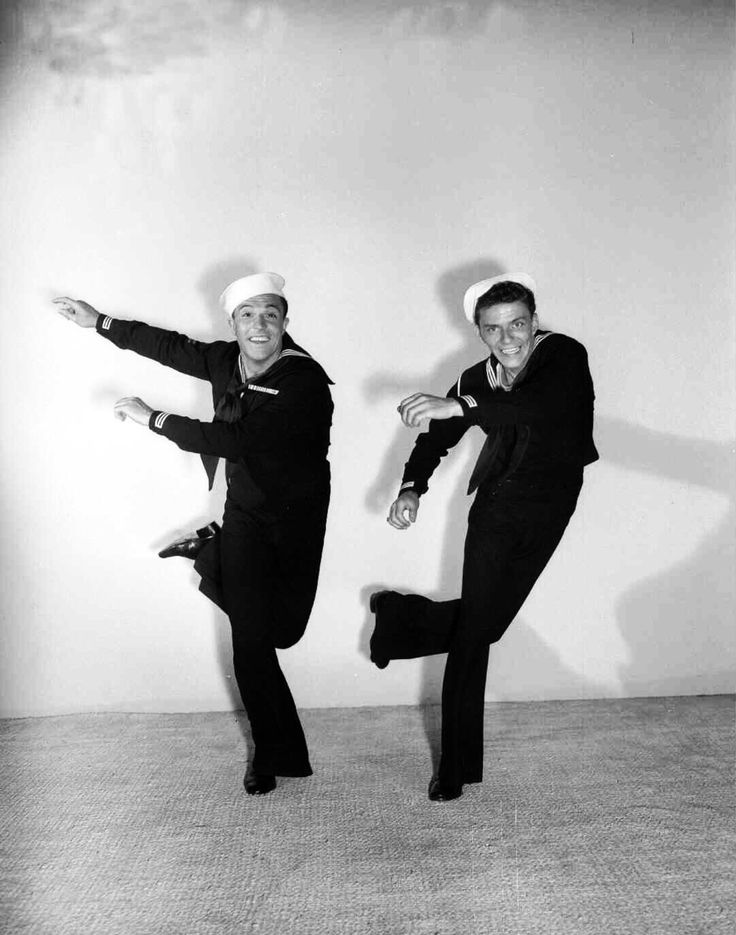 Against the background of no doubt talented and famous partners - Phil Silvers and Rita Hayworth, Mr. Kelly did not get lost, but looks more vivid and dynamic than the rest of the film participants. Which Phil Silvers willingly admitted. When a friend told him, "Phil, I didn't know you were a dancer," he replied, "I'm not a dancer either, Kelly hypnotized me." Gene Kelly undertook a huge job, some of which is not so noticeable at first glance, but its value is that it allowed us to see the film exactly as it is, Gene from the first to the last frame did everything himself - played , sang, danced and did it brilliantly. The press noted that the film showed the development of choreography in cinema and turned "Gene Kelly the dancing actor" into "Gene Kelly the genius".
Against the background of no doubt talented and famous partners - Phil Silvers and Rita Hayworth, Mr. Kelly did not get lost, but looks more vivid and dynamic than the rest of the film participants. Which Phil Silvers willingly admitted. When a friend told him, "Phil, I didn't know you were a dancer," he replied, "I'm not a dancer either, Kelly hypnotized me." Gene Kelly undertook a huge job, some of which is not so noticeable at first glance, but its value is that it allowed us to see the film exactly as it is, Gene from the first to the last frame did everything himself - played , sang, danced and did it brilliantly. The press noted that the film showed the development of choreography in cinema and turned "Gene Kelly the dancing actor" into "Gene Kelly the genius".
In 1944, The Christmas Holidays, based on the novel by Somerset Maugham, was released.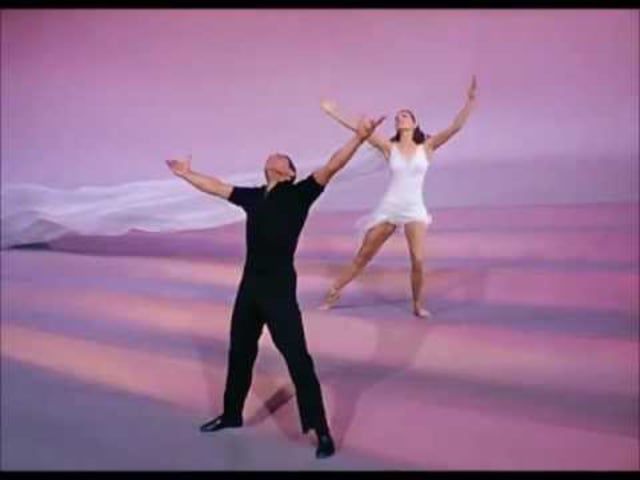 But the problem with this picture is that the leading actors - Durbin and Kelly were associated by the public with light musical works, but not with a full-fledged drama, in which the actors had to show the inconsistency of characters and the tragedy of their lives. Not all critics and viewers were able to accept such a reincarnation, in some way succumbing to prejudice, because it is impossible to find fault with the acting of actors and reproach them for insufficient dedication or lack of some qualities.
But the problem with this picture is that the leading actors - Durbin and Kelly were associated by the public with light musical works, but not with a full-fledged drama, in which the actors had to show the inconsistency of characters and the tragedy of their lives. Not all critics and viewers were able to accept such a reincarnation, in some way succumbing to prejudice, because it is impossible to find fault with the acting of actors and reproach them for insufficient dedication or lack of some qualities.
Be that as it may, the "eternal Cinderella" Durbin could not prove to fans the ability to play in serious films, for Gene it was not so bad and no stamps were put on him. It was an interesting film experience, but he himself appreciated roles in musicals more: "It's much easier to cry and moan than to smile and say - good day!"
Year 1945 - the release of the painting "Raise the Anchors". For his role in this film, Gene Kelly was nominated for an Oscar. It was a great idea to have Gene Kelly dance with Jerry the mouse in The Worry Song; By the way, initially the filmmakers were going to "teach dance" Mickey Mouse, but Walt Disney did not agree to the participation of the most popular character of his studio in the film.
It was a great idea to have Gene Kelly dance with Jerry the mouse in The Worry Song; By the way, initially the filmmakers were going to "teach dance" Mickey Mouse, but Walt Disney did not agree to the participation of the most popular character of his studio in the film.
And here, on the set of Raise the Anchors, Gene Kelly and Frank Sinatra had an almost fateful meeting. Together they will play in two more films - "Take Me Baseball with You"
and "Firing to the City"
and will also maintain the excellent friendships that began on the set for life. They managed to create such wonderful images of the sea wolf, the favorite of women Joe and the shy, romantic Clarence, that later they were transferred to other films with the participation of Gene and Frank, only adjusting the details according to the scripts.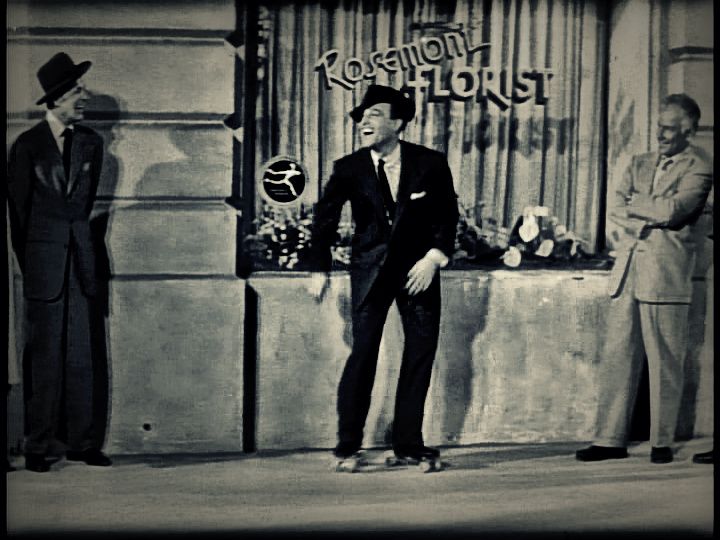 It is noteworthy that Sinatra did not dance before filming the film "Raise the Anchors", but there was someone to learn from! Under the strict guidance of Gene, Frank Sinatra practiced dance numbers and, as we can now see, he did very well.
It is noteworthy that Sinatra did not dance before filming the film "Raise the Anchors", but there was someone to learn from! Under the strict guidance of Gene, Frank Sinatra practiced dance numbers and, as we can now see, he did very well.
Gene Kelly worked successfully for MGM, but since the war was going on, he asked the studio bosses to let him go to work. After some delay and refusals, Jin nevertheless went to serve, despite fears that during the service he would be forgotten, and the best years for his dancing career would pass. He didn't know what was yet to come.
Then came the Ziegfeld Follies, Vincente Minnelli's huge project with a huge cast of stars. The film was conceived as a series of different numbers - musical, humorous, dramatic, not connected by a storyline, each number - as a small sketch, a short but memorable story in its own way. The original version lasted about four hours, but was later shortened.
This was one of two films where Gene Kelly and Fred Astaire danced together.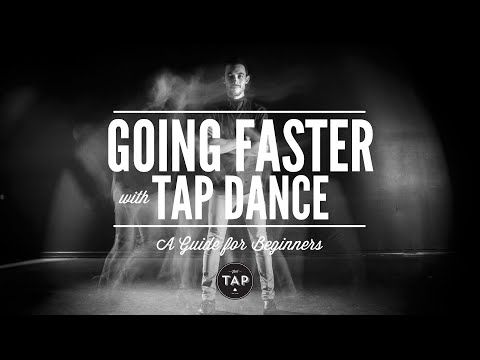 Why so few? Because both are great masters of their craft, and even the extravaganza that they created together could not smooth out the spirit of competition and rivalry. Fred Astaire got a big role in The Ziegfeld Follies - he was given three numbers, while Gene Kelly participated in only one, but, with all due respect, this did not give Astaire an advantage at all, and in a joint performance in technology they looked like worthy rivals . However, it is very difficult to compare, due to the difference in the manner of dancing: the contrast between Gene's emotional, passionate performances and Fred's refined, refined ones was too sharp.
Why so few? Because both are great masters of their craft, and even the extravaganza that they created together could not smooth out the spirit of competition and rivalry. Fred Astaire got a big role in The Ziegfeld Follies - he was given three numbers, while Gene Kelly participated in only one, but, with all due respect, this did not give Astaire an advantage at all, and in a joint performance in technology they looked like worthy rivals . However, it is very difficult to compare, due to the difference in the manner of dancing: the contrast between Gene's emotional, passionate performances and Fred's refined, refined ones was too sharp.
Director V. Minnelli also noted this: “He (Kelly) combined modern rhythmic dance, step, with the movements of classical ballet in athletic forms. Fred Astaire, on the other hand, seemed as light as air itself. He has his own, completely individual style, and no other dancer can adopt it. This timid and shy person rarely and reluctantly talks about his work, unlike Jin, who likes to talk about his dancing style. But what unites both is their perfection, the ability to work long and hard on the smallest details. They are great artists who brought great dance material to cinema.”
But what unites both is their perfection, the ability to work long and hard on the smallest details. They are great artists who brought great dance material to cinema.”
The actors themselves repeatedly exchanged rather curious remarks. "Anyone who dances on screen and doesn't give credit to Fred Astaire is either a liar or a fool," Gene said.
Aster noted: “Good guy. Usually I don’t like dancers, but he pushes me forward, ”and somehow he didn’t stint on such words:“ He is simply the best.
Gene again: “We danced in completely different ways and when we worked together we always had to adapt” and “Fred's dancing partner style was never mine. I never wanted to be part of a team. All I wanted was a role."
A very important point about Jin's personality is that he was free from all sorts of prejudices. Whether it was racial or political issues, he never blindly adopted other people's ideas, having his own opinion, often at odds with the public.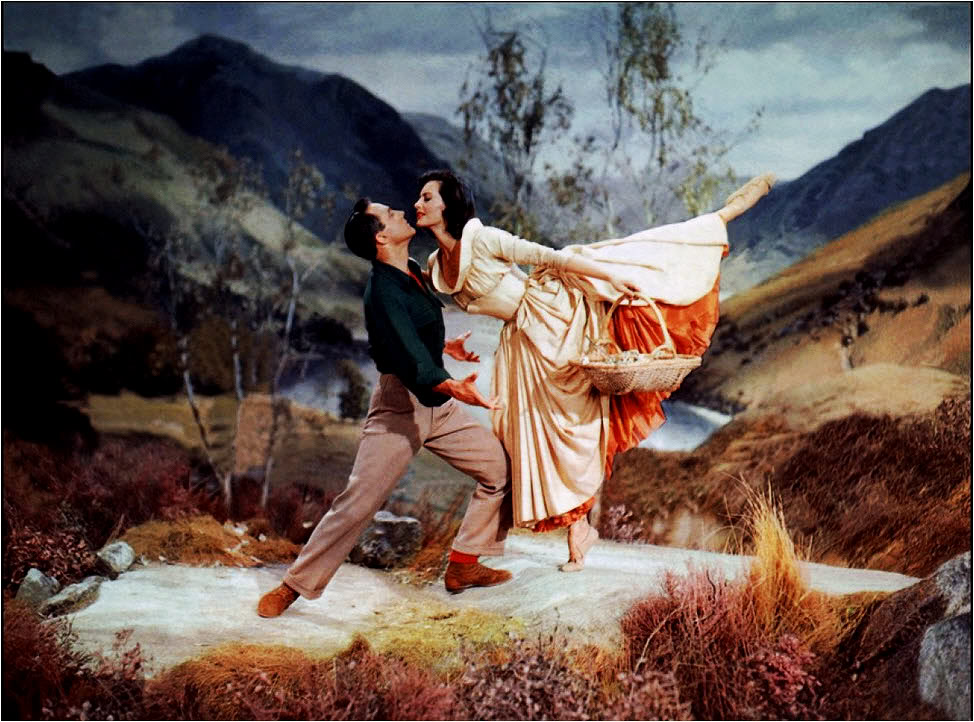 The unwillingness to compromise his principles and the thirst for truth was most strongly shown by Gene in the era of McCarthyism. Kelly was a supporter of the Democratic Party, which created some contradiction between his political views and attitude to real events, caused by the activities of Senator McCarthy and the Commission on Un-American Activities. Along with Billy Wyler and Don Huston, movie stars Humphrey Bogart and Gene Kelly were declared "unfriendly" to the general course, and Gene's wife Betsy was suspected of being a Communist sympathizer. Under pressure from the American Legion, the studio was about to remove Betsy Blair from the film Marty, but Gene threatened to leave the job if his wife was not returned to the role, he also helped many blacklisted; who work, and who money.
The unwillingness to compromise his principles and the thirst for truth was most strongly shown by Gene in the era of McCarthyism. Kelly was a supporter of the Democratic Party, which created some contradiction between his political views and attitude to real events, caused by the activities of Senator McCarthy and the Commission on Un-American Activities. Along with Billy Wyler and Don Huston, movie stars Humphrey Bogart and Gene Kelly were declared "unfriendly" to the general course, and Gene's wife Betsy was suspected of being a Communist sympathizer. Under pressure from the American Legion, the studio was about to remove Betsy Blair from the film Marty, but Gene threatened to leave the job if his wife was not returned to the role, he also helped many blacklisted; who work, and who money.
In 1947, Gene Kelly was a member of the Committee for the Defense of Free Speech, whose members went to Washington to support the suspected. They demanded an end to the witch hunt. Soon the Committee was forced to stop working and those who could returned to the film industry.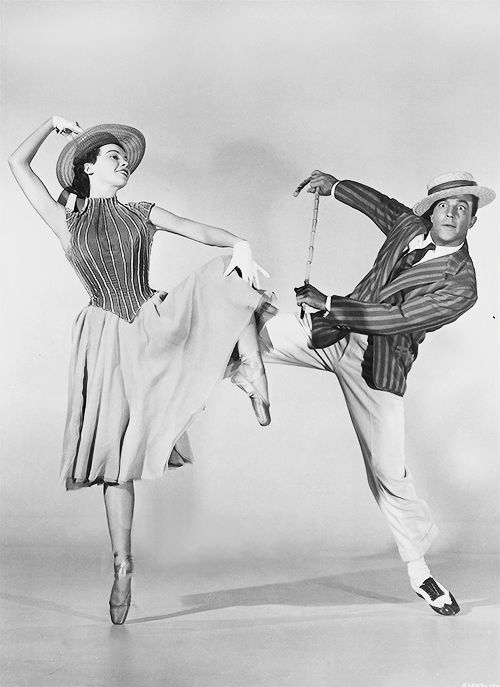 Among them was Jin - he was waiting for more and more shootings.
Among them was Jin - he was waiting for more and more shootings.
Then there were the films "Life in a big way", "Pirate", "Three Musketeers". In all these films, Kelly tried to look his best and bring every word, and especially every movement, to perfection. In one of the interviews, he will say: “When I work, I think only about one thing - about what I am doing. We work from a script that is written day after day, and every morning I have to rehearse my role before we shoot. It requires a lot of concentration and because I'm trying to do my best, I don't allow anything to get in the way."
Initially, the film "Pirate" was supposed to be shot in the genre of sea adventures, and Carrie Grant and Greer Garson were considered for the main roles, and only later the idea to create a musical appeared. Filming was not easy, as the female lead Judy Garland was absent from the set for 99 days out of 135. After viewing, Louis Mayer, famous for his categorical and phrase "My studio only makes films that my wife and daughters can watch," demanded that the fragment be burned dance by Gene Kelly and Judy Garland "Voodoo", which seemed too frank.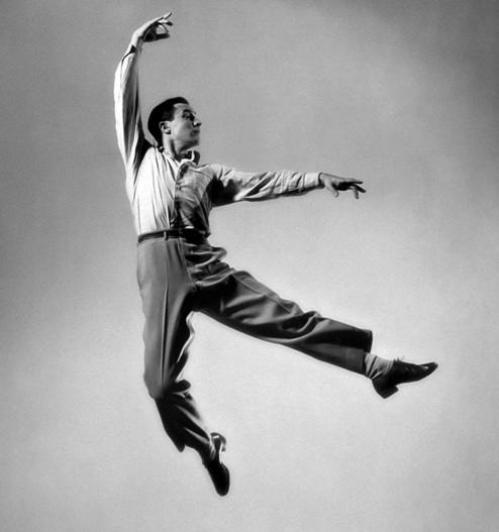 The film was corrected during editing in terms of the then censorship and the wishes of the management, however, there was no great benefit from this - the film failed.
The film was corrected during editing in terms of the then censorship and the wishes of the management, however, there was no great benefit from this - the film failed.
Gene Kelly's favorite role in non-musical films is D'Artagnan in The Three Musketeers. Kelly's example was Douglas Fairbanks and "if I'm half as good as he is, I'm happy," Gene said. Gene Kelly performed most of the stunts in the film himself, but refused to ride a horse, noting that he was a bad rider, and therefore an understudy was used in the film. “Never become a film actor if you are allergic to work,” Gene noted much later, recalling the shooting of The Three Musketeers.
The "Summer Tour" filmed an already established duet with Judy Garland, although it was not without difficulties - the actress had serious health problems in her personal life.
And in between musicals, Mr.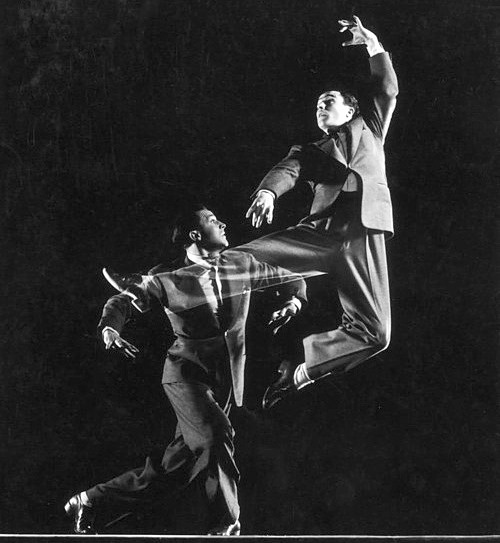 Kelly starred in the crime drama The Black Hand. The film was presented to the audience in 1950. In the words of Tony Thomas: "Gene Kelly has pleased the public and surprised some critics with the strength of his rough and ambitious Colombo. Later Kelly had a hard time convincing people that he was not a real Italian.” Gene was short and to the point when he said of the film, "Shot in two weeks and was a hit everywhere."
Kelly starred in the crime drama The Black Hand. The film was presented to the audience in 1950. In the words of Tony Thomas: "Gene Kelly has pleased the public and surprised some critics with the strength of his rough and ambitious Colombo. Later Kelly had a hard time convincing people that he was not a real Italian.” Gene was short and to the point when he said of the film, "Shot in two weeks and was a hit everywhere."
By the way, in 1948 Judy Garland, Syd Charisse, Jules Manchin and Gene Kelly could have met in the same film. MGM), and the main male role went to Fred Astaire, because - it must happen - Gene broke his leg while playing volleyball, of course, there was no question of any shooting. Gene Kelly gave his role to Fred Astaire, who was already going to a well-deserved retirement, but agreed and after the "Easter Parade" he was filming a lot more. This is also the merit of Jin, who returned one of the masters of the musical to work.
In 1951, the film "An American in Paris" was presented to the public, which later became an impeccable classic of the musical and a real role model.
Very large sums of money were spent on the creation - just one 18-minute dance, which has no equal in the combination of beauty and scale, cost more than half a million dollars, or take amazing scenery ... But even this did not make "American so wonderful, and, of course, the work of the film crew, the dedication of the actors, the music of Gershwin and the charm of Paris transferred to film.
An atmosphere that Jean would describe as follows: “Paris is like love, or art, or faith; it cannot be explained, only felt.” This is not an empty phrase and not an excuse, in fact, he was very fond of France, the culture and language of this country, this feeling runs like a red thread through all his work. Gene has played the French more than once, has repeatedly been to Paris and spoke excellent French. I must say that the French answered him with gratitude and reciprocity.
Despite the fact that Vincente Minelli is officially considered the director of The American, in fact, Gene took over all the work, while Minelli, meanwhile, completely took care of family problems and divorced Garland. The film won six Academy Awards, including Best Picture, and one Golden Globe. He was also nominated for Best Director, but did not receive an award. Gene Kelly was awarded an Oscar for "achievement in choreography and cinematography", which - a flagrant injustice - was the only one in his career.
In 1951, Gene Kelly took part in the work on the painting "It's a big country", combining 8 different sketches of American life, which also involved such stars as Gary Cooper and Janet Leigh.
Year 1952. Film Singing in the Rain. One could stop at this, put an end to it and not say a word more, because no speeches and awards can convey the full value of this film, its brilliance, show that this is a masterpiece from the first to the last frame.
The main musical of all time (No. 1 according to the American Film Institute) could be completely different from what everyone is used to, because at first Oscar Levant claimed the role of Cosmo, and they thought about giving the role of Kathy to someone more famous than the 19-year-old Reynolds, actress; It's hard to believe, but Howard Kill could have played Don Lockwood...
It was impossible to count on an easy life during the filming - Gene Kelly worked as always - not sparing himself. And he asked others by the same measure - the shooting lasted sometimes for 19hours per day. Debbie Reynolds had to get up at four in the morning to be on set on time. Moreover, she got it while working on dance numbers, Mr. Kelly had a low opinion of her abilities and somehow directly stated that she did not know how to dance (later he was surprised that Debbie was talking to him at all). Crying Debbie was comforted by Fred Astaire and, moreover, helped to work out and learn the dances. In addition, she gave herself so much on the set that during the production of dances, blood vessels burst in her legs.